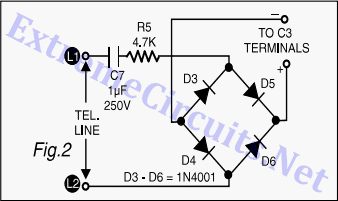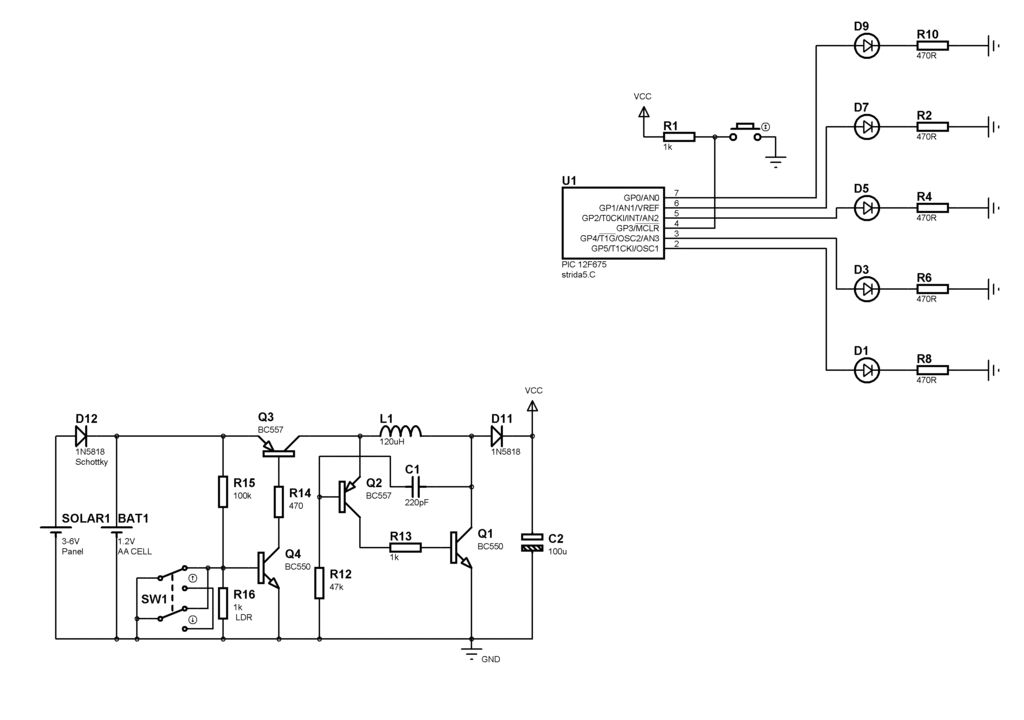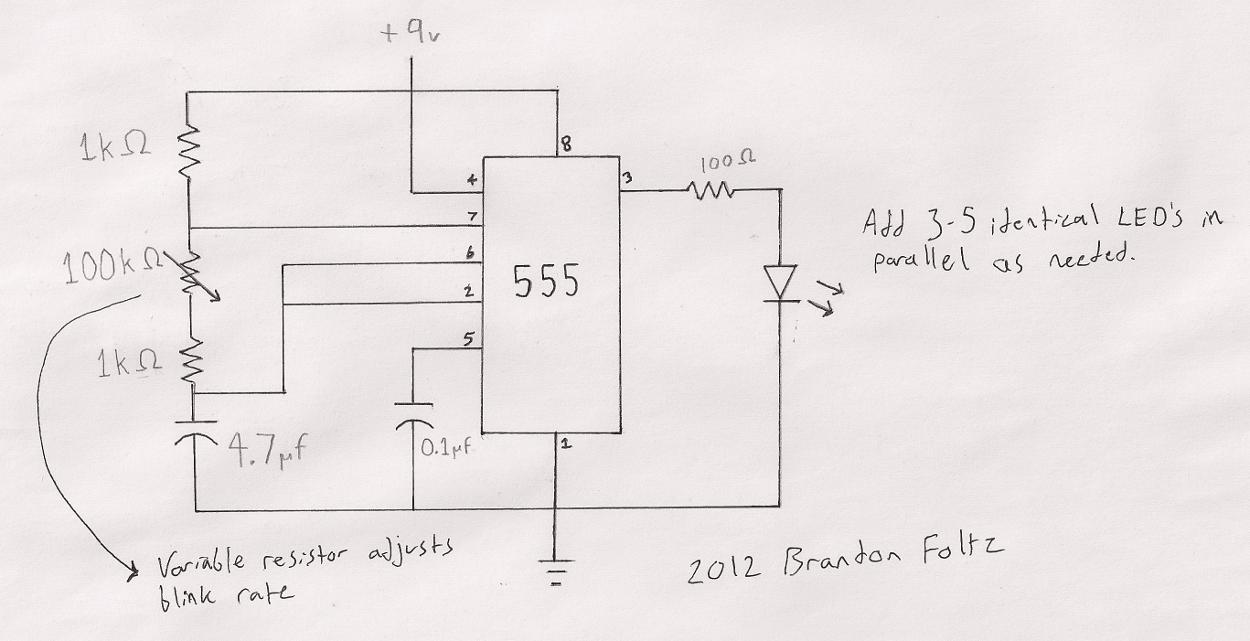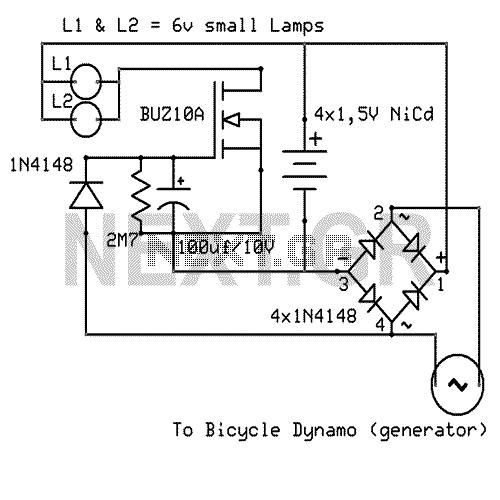
Bicycle rear-light afterglow

This article is relevant only to readers whose bicycle lights are powered by a dynamo. The regulations regarding bicycle lights in the United Kingdom are stricter than those in other regions.
Dynamo-powered bicycle lights utilize a generator that converts mechanical energy from the bicycle's motion into electrical energy. This system typically consists of a dynamo, which is either hub-based or side-mounted, and a light fixture that incorporates LEDs or incandescent bulbs. The dynamo generates electricity as the bicycle wheels turn, providing a continuous power source for the lights without the need for batteries.
In the United Kingdom, regulations stipulate that bicycles must be equipped with functional lights when riding at night or in low visibility conditions. These lights must meet certain brightness and visibility standards to ensure safety for both the cyclist and other road users. Dynamo lights are advantageous as they eliminate the need for battery replacements, reducing waste and ensuring that the lights are always operational as long as the bicycle is in motion.
The circuit design for a basic dynamo-powered light system includes the dynamo, a rectifier to convert AC to DC, and a voltage regulator to ensure a steady output. The dynamo produces alternating current (AC), which can vary in voltage depending on the speed of the bicycle. The rectifier converts this AC to direct current (DC), which is then stabilized by the voltage regulator, ensuring that the light operates within safe voltage levels. Additional components may include capacitors for smoothing the output voltage and resistors for current limiting.
In summary, a dynamo-powered bicycle lighting system is an efficient and environmentally friendly way to ensure safety during night rides. By adhering to the strict regulations in the United Kingdom, cyclists can maintain visibility while contributing to a sustainable approach to cycling.This article is of interest only to readers whose bicycle lights are powered by a dynamo. The laws on bicycle lights in the United Kingdom are stricter tha. 🔗 External reference
Dynamo-powered bicycle lights utilize a generator that converts mechanical energy from the bicycle's motion into electrical energy. This system typically consists of a dynamo, which is either hub-based or side-mounted, and a light fixture that incorporates LEDs or incandescent bulbs. The dynamo generates electricity as the bicycle wheels turn, providing a continuous power source for the lights without the need for batteries.
In the United Kingdom, regulations stipulate that bicycles must be equipped with functional lights when riding at night or in low visibility conditions. These lights must meet certain brightness and visibility standards to ensure safety for both the cyclist and other road users. Dynamo lights are advantageous as they eliminate the need for battery replacements, reducing waste and ensuring that the lights are always operational as long as the bicycle is in motion.
The circuit design for a basic dynamo-powered light system includes the dynamo, a rectifier to convert AC to DC, and a voltage regulator to ensure a steady output. The dynamo produces alternating current (AC), which can vary in voltage depending on the speed of the bicycle. The rectifier converts this AC to direct current (DC), which is then stabilized by the voltage regulator, ensuring that the light operates within safe voltage levels. Additional components may include capacitors for smoothing the output voltage and resistors for current limiting.
In summary, a dynamo-powered bicycle lighting system is an efficient and environmentally friendly way to ensure safety during night rides. By adhering to the strict regulations in the United Kingdom, cyclists can maintain visibility while contributing to a sustainable approach to cycling.This article is of interest only to readers whose bicycle lights are powered by a dynamo. The laws on bicycle lights in the United Kingdom are stricter tha. 🔗 External reference





